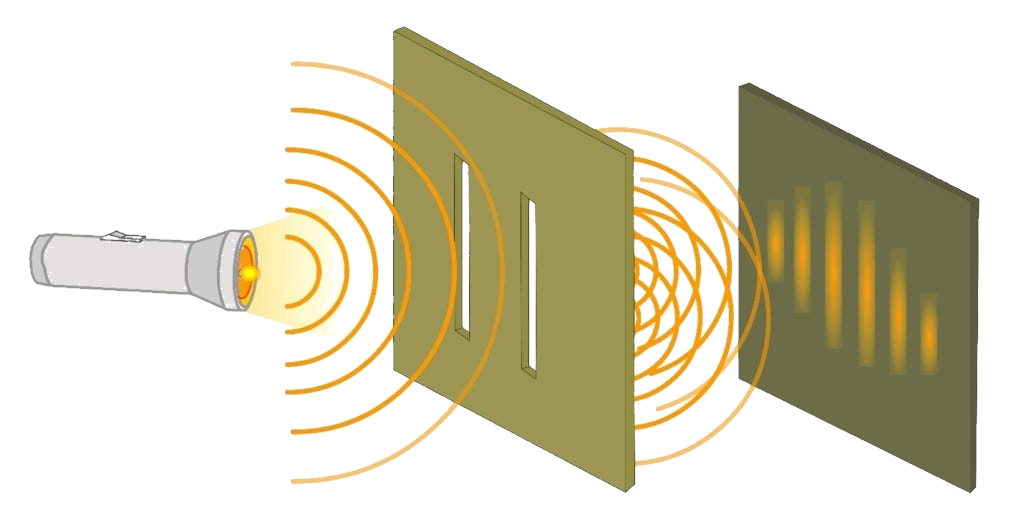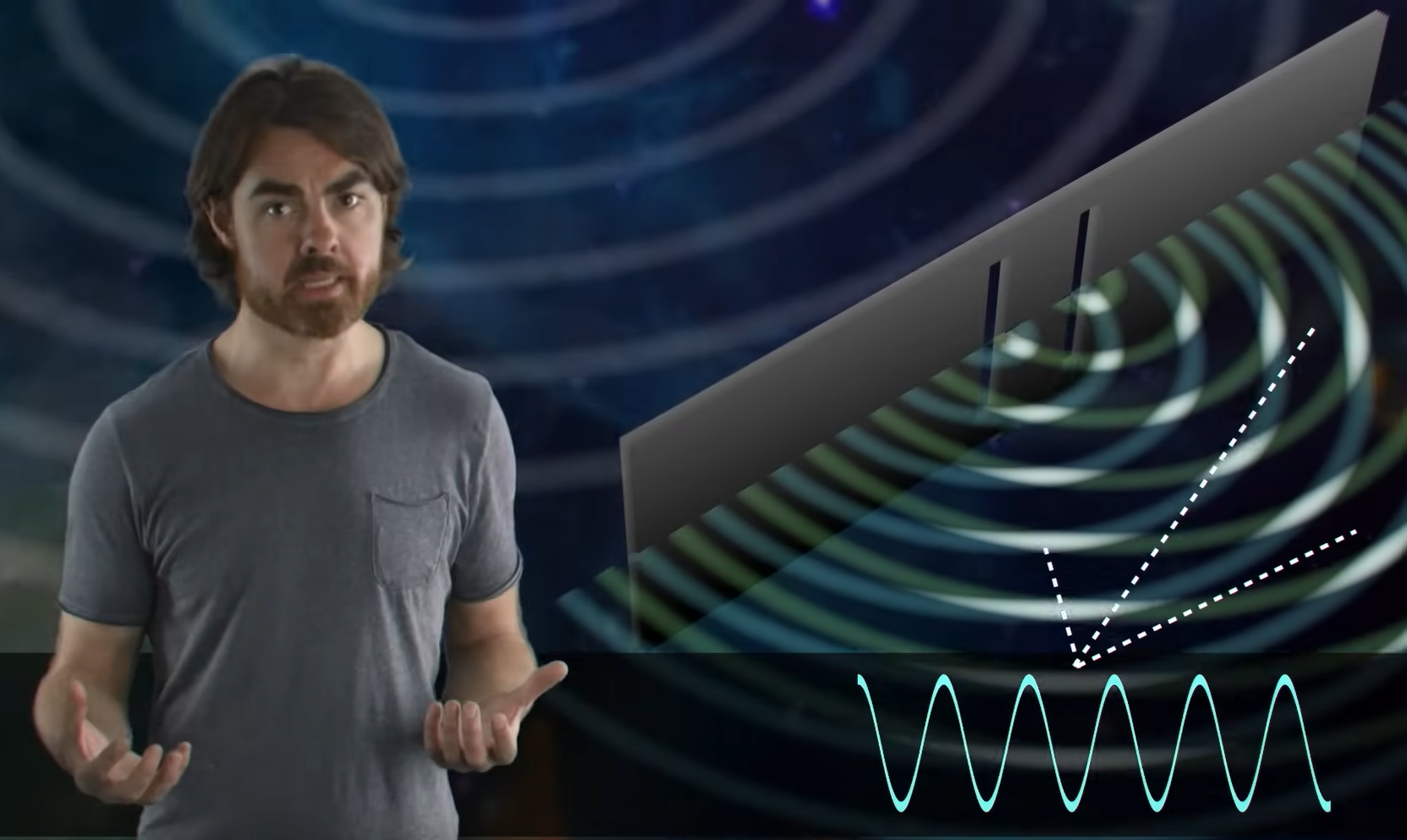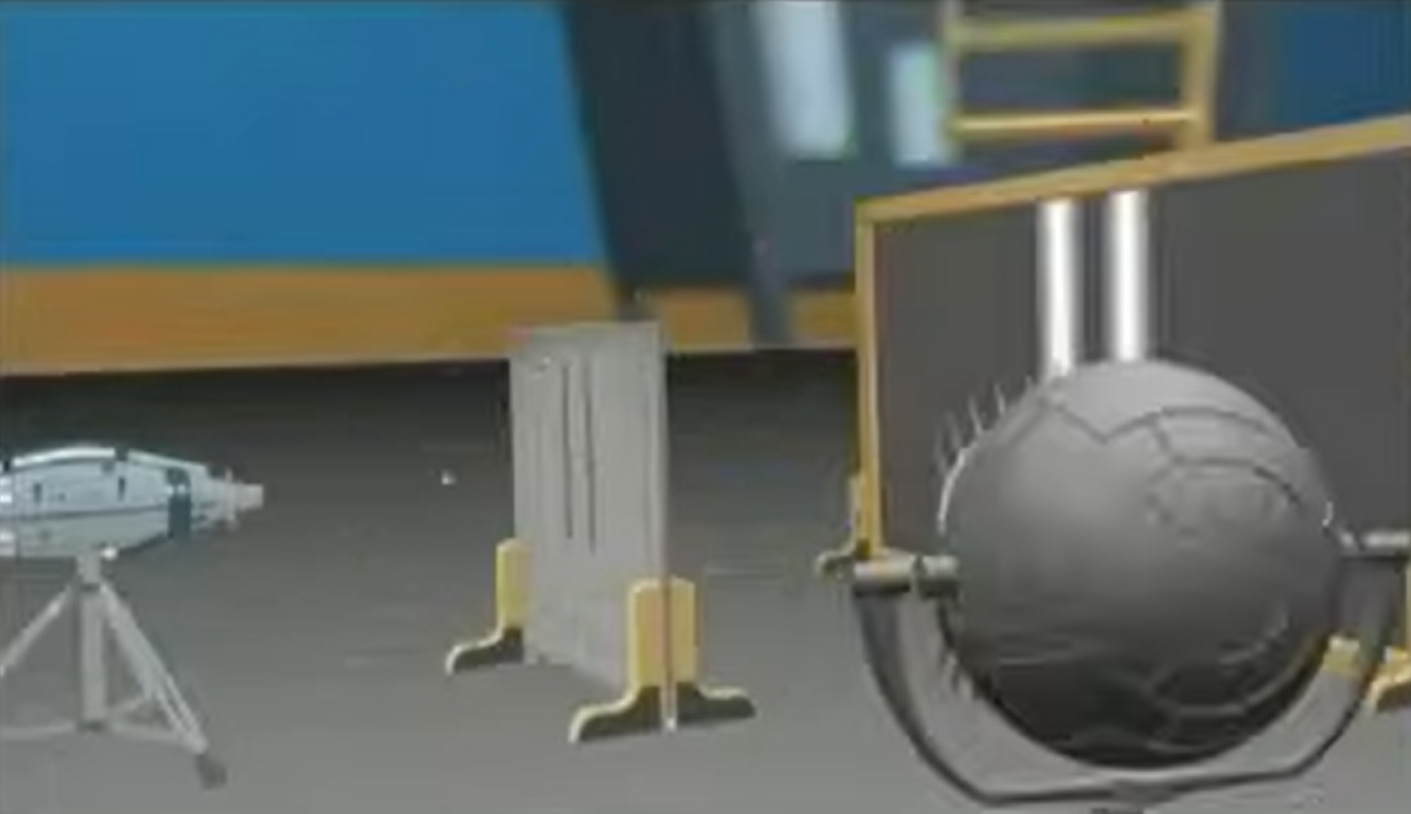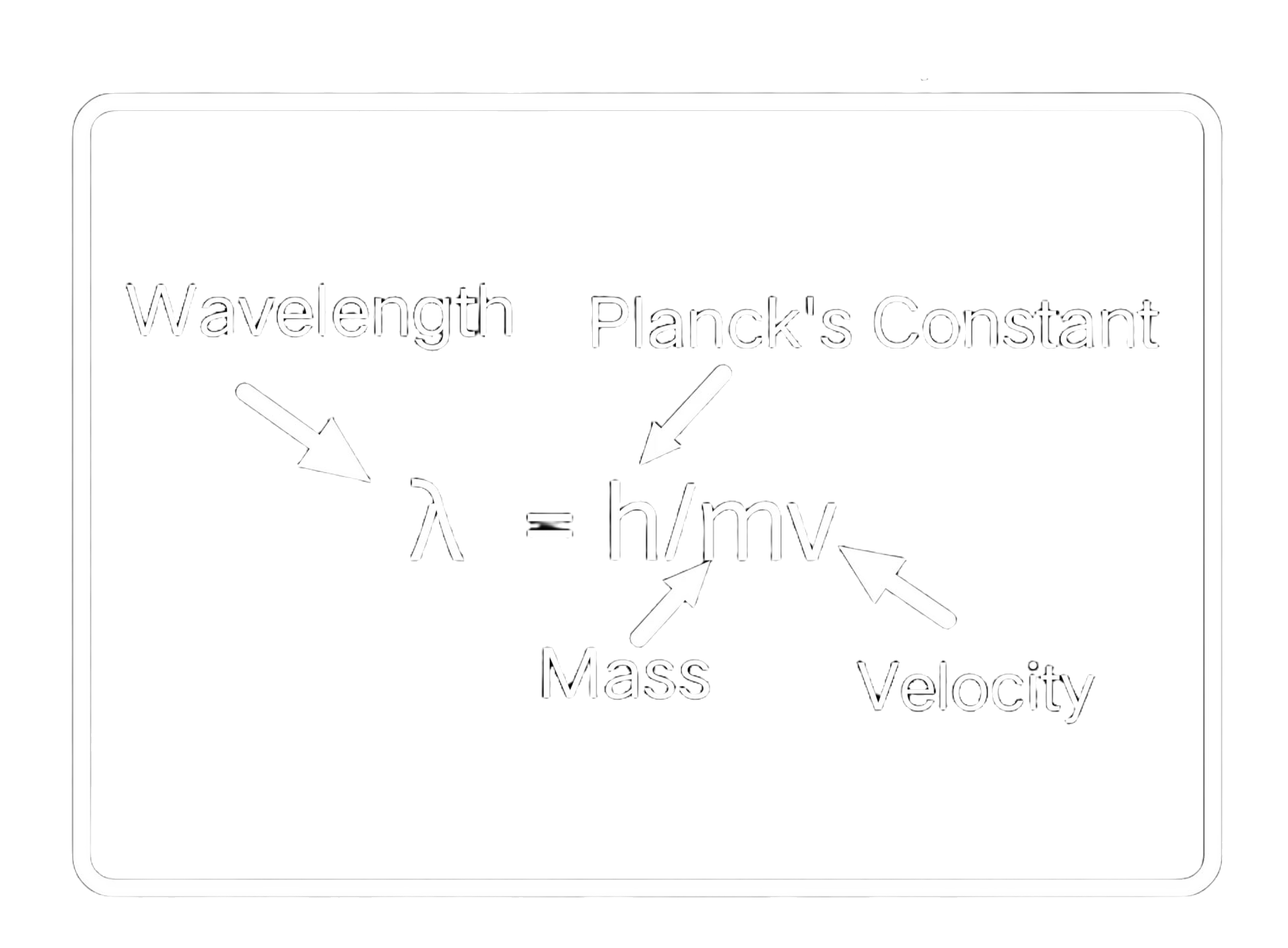Interactive three-dimensional simulations & visualizations
Visualizing the beauty in physics and mathematics
Project maintained by zhendrikse Hosted on GitHub Pages — Theme by mattgraham
Young's interference experiment
In this visualization, the interference pattern is generated “statically”, i.e. by calculating the path difference between the beams originating from each source and setting the (pixel) color of the background accordingly:
path_difference = abs(mag(vertex_.pos - slit_1_pos) - mag(vertex_.pos - slit_2_pos))
n = path_difference % wavelength
brightness = 0.5 * abs(n - 0.5)
vertex_.color = vector(brightness, brightness, 0) # Vector containing RGB values
The two slits are represented by the two spheres that also now firing particles at the screen/detector in the simulation, so that the difference in the behavior of particles and waves can be clearly seen.
Background information
In 1801, Thomas Young was the first to perform an experiment that made it unequivocally clear that light is a wave, since the interference pattern he observed was exactly similar to an interference pattern that would have been produced by water waves.

Videos on the mystery of the double slit experiment
The following videos are recommended to learn more about the double slit experiment and its repercussions for our view on the reality of nature:
- Single Photon Interference by Veritassium, where the experiment is actually performed!
- The Quantum Experiment that Broke Reality by PBS Space Time, with a more in-depth explanation.
- Dr.Quantum — Double slit experiment, a video that is more accessible to the public.


Particle-wave duality

Share on: